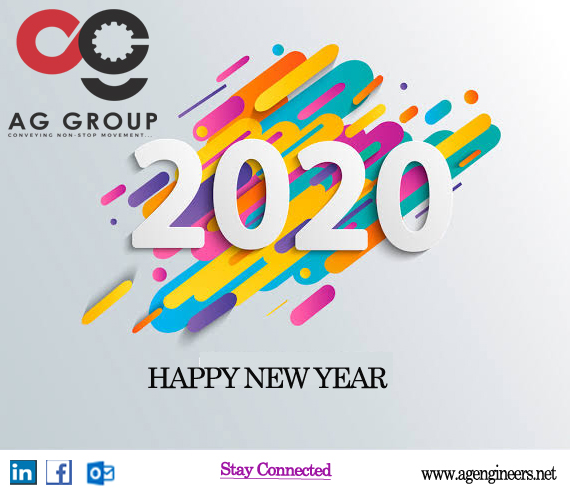Hello Everyone....!!! First we will talk about Tooth Pitch Comparison, later on Belt Selection Guide. Tooth Pitch Comparison Imperial Pitch Belts - XL, L, H, XH This classic trapezoidal pitch is the original timing belt tooth design. This tooth pitch is commonly used for conveying applications. The tooth profile is fairly low and has a large surface area at the tip of the tooth providing good support on sliding conveyor surfaces. T Pitch Belts - T2.5, T5, T10, T20 These metric trapezoidal pitches are similar to imperial pitches, also commonly used for conveying applications, yet have a slightly deeper tooth engagement than imperial profiles. The tooth meshing is more reliable. However, backlash can be slightly greater. AT Pitch Belts - AT5, AT10, AT20 This pitch was developed to enable higher load carrying capacity combined with low backlash. The stronger and stiffer tooth makes these belts ideal for linear positioning and motion control, but may require larger pulley ...





